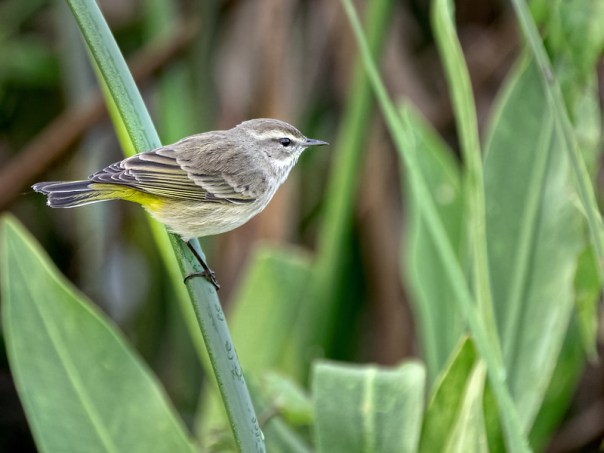When I left to meet Kevin K. and Tom M. for some photography before dawn last Monday, the sky was clear, the stars were shining and I didn’t think the sunrise would be very good. If I hadn’t been meeting friends, I might have gone back to bed! Looking at the photos in this post, it’s easy to see I was wrong – the sunrise was beautiful.
Observation 1: Go. You can’t always anticipate what you’ll see when you’re out photographing. But if you stay home, you know you won’t see anything.
 Calm Blue Hour. 14mm (equivalent), ISO 64, f/5.6, 10 sec., Hi-res mode.
Calm Blue Hour. 14mm (equivalent), ISO 64, f/5.6, 10 sec., Hi-res mode.
We ended up at Cocoa Riverfront Park. The clouds were moving in and the light and colors changed as we watched. There were several interesting directions to point the camera.
Observation 2: Arrive early and stay for a while when photographing sunrise. Watch all directions. Bring several lenses to vary your exposure, composition, and perspective. Work the scene!
 Fire in the sky. 70mm (equivalent), ISO 200, f/5.6, 1/50 sec., multi-frame stitched panorama
Fire in the sky. 70mm (equivalent), ISO 200, f/5.6, 1/50 sec., multi-frame stitched panorama
Photos 1 and 3 are from the Olympus E-M1 Mark II camera in hi-res mode. You may remember this post (https://edrosack.com/2015/08/09/thoughts-on-processing-olympus-om-d-e-m5-mark-ii-high-resolution-photos/) where I wrote about motion anomalies with E-M5 Mark II hi-res and how to manually fix them.
Observation 3: My conclusions from the earlier post are all still true – except for one. I’m happy to report that with the E-M1 Mark II camera, Olympus has made a great deal of progress with hi-res mode. I didn’t have to fix any motion anomalies in either of these photos. Well done Olympus.
 Dew on the Boardwalk. 14mm (equivalent), ISO 64, f/5.6, 8 sec., Hi-res mode.
Dew on the Boardwalk. 14mm (equivalent), ISO 64, f/5.6, 8 sec., Hi-res mode.
Thank you for stopping by and reading my blog. Now, go make some photos!
©2017, Ed Rosack. All rights reserved



 Nativity Scene – Cincinnati, Ohio
Nativity Scene – Cincinnati, Ohio






























